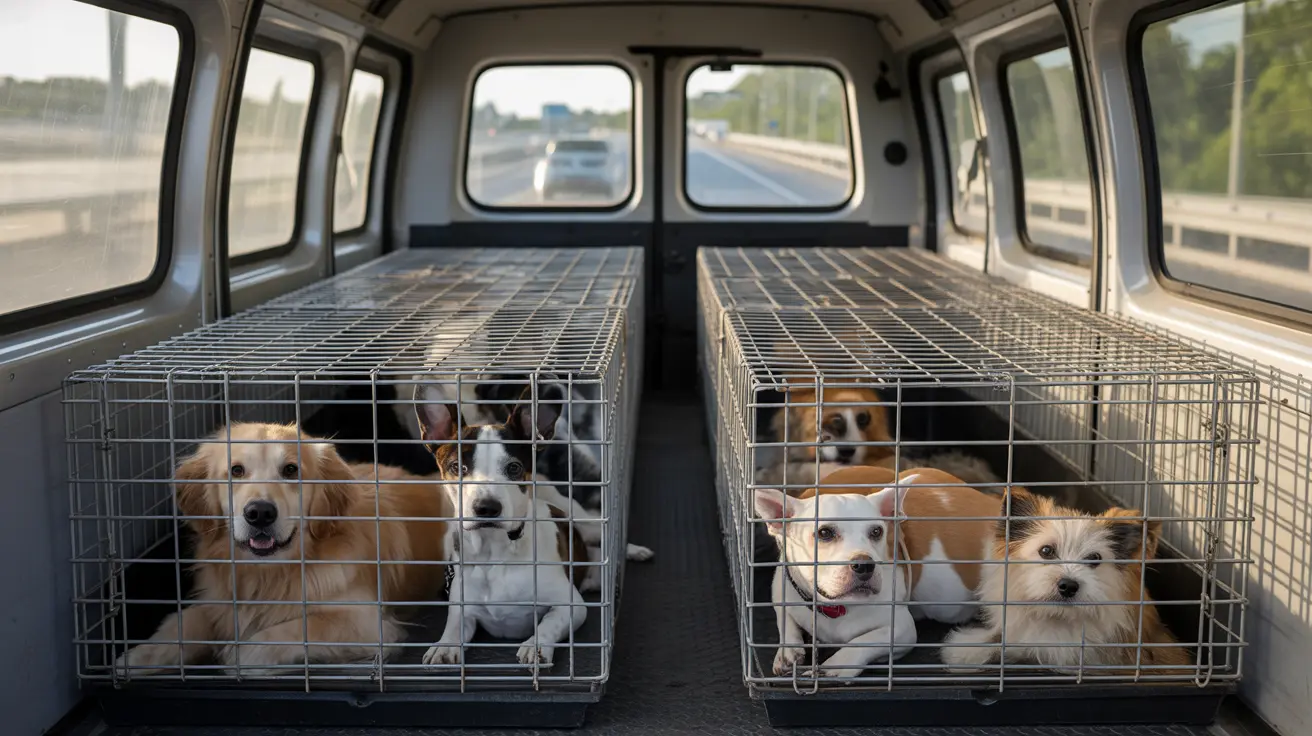Best Dog-Proof Litter Box: A Practical DIY Solution
Sharing your home with both a cat and a dog can be heartwarming—until your dog discovers the litter box. Unfortunately, many dogs have a habit of raiding the litter pan, drawn to cat feces for reasons environment-driven and instinctual. Finding a dog-proof litter box that doesn’t inconvenience your cat—especially a large one—is critical for household harmony and pet health.
Why Dogs Eat from Litter Boxes
Dogs are natural scavengers and often find the smell of cat waste enticing. However, this behavior can lead to serious health issues:
- Bacterial infections such as salmonella
- Parasites like roundworms or toxoplasma
- Digestive complications when clumping litter is ingested
- Allergic reactions or blockages from litter materials
Signs that your dog may have consumed litter include vomiting, diarrhea, constipation, bad breath, loss of appetite, and lethargy.
Commercial Solutions and Their Limitations
While several enclosed litter boxes exist, many fall short due to size limitations or cat aversion. Covered and side-entry models may deter dogs but are often uncomfortable for older or larger cats. Furthermore, cats naturally prefer open, quiet, and accessible places for elimination with multiple exits.
DIY Dog-Proof Litter Box: Storage Crate Method
One well-tested solution is creating a custom dog-proof litter box using two storage crates. This setup prioritizes your cat's comfort while keeping the dog out.
Supplies You'll Need:- 1 Large 30-gallon storage crate
- 1 Nested 18-gallon storage crate
- 1.5-inch hole saw and drill
- Jigsaw
- Scrap wood
- 4 wood screws
- Small carpet or mat
Step-by-Step Assembly
- Nest the small crate inside the large one to form a foyer-like entry area. This structure will block direct access to the litter pan.
- Construct a false floor using scrap wood. Secure it inside the large crate to anchor the smaller crate and maintain the gap between crate edges. Attach with screws.
- Modify entrances by cutting entry holes sized only for your cat (typically 5.5" wide x 8.5" tall). Mark, drill pilot holes, and use a jigsaw to cut. Sand edges to remove sharpness.
- Optional: Add light holes on the crate lid using a hole saw or drill bits to brighten the interior if your cat dislikes enclosed spaces.
- Place the litter pan inside the smaller crate, positioning it away from the entry point. Lay the mat at the exit of the crate to reduce scattered litter.
This setup ensures dogs can't reach the litter, and large cats have enough space to enter and maneuver comfortably. Cleaning is also easy, as the boards and mat are removable.
Additional Prevention Strategies
For households that can’t commit to DIY projects, additional strategies can help:
- Gated rooms: Use a baby or pet gate with a small gap underneath or an opening just large enough for your cat to pass.
- Cat doors: Install a flap door or microchip-controlled door that only allows your cat into a dedicated litter room.
- High placement: Place the litter box on a counter, shelf, or another elevated area inaccessible to your dog.
- Furniture enclosures: Invest in litter box furniture that includes barriers or hidden access points cats can navigate but dogs cannot.
- Training: Teach your dog “leave it” commands through positive reinforcement, though this is only effective with supervision.
Consider Your Cat’s Comfort
A harmonious multi-pet household means ensuring both the dog’s behavioral tendencies and the cat’s elimination preferences are taken into account. Cats prefer litter boxes located in quiet, private places with easy access and escape options. When relocating or replacing their litter area, do so gradually to minimize stress. Monitor whether your cat accepts your solution; discomfort may lead them to avoid the box entirely.
Conclusion
Combining accessibility for cats and barriers for dogs can be challenging, but with thoughtful design, it is achievable. The DIY storage crate litter box stands out as a customizable, affordable, and highly functional solution that protects your pets’ health and maintains peace at home. Whether you choose to build your own or explore complementary solutions, prioritizing both pets’ needs ensures a cleaner, stress-free environment.





